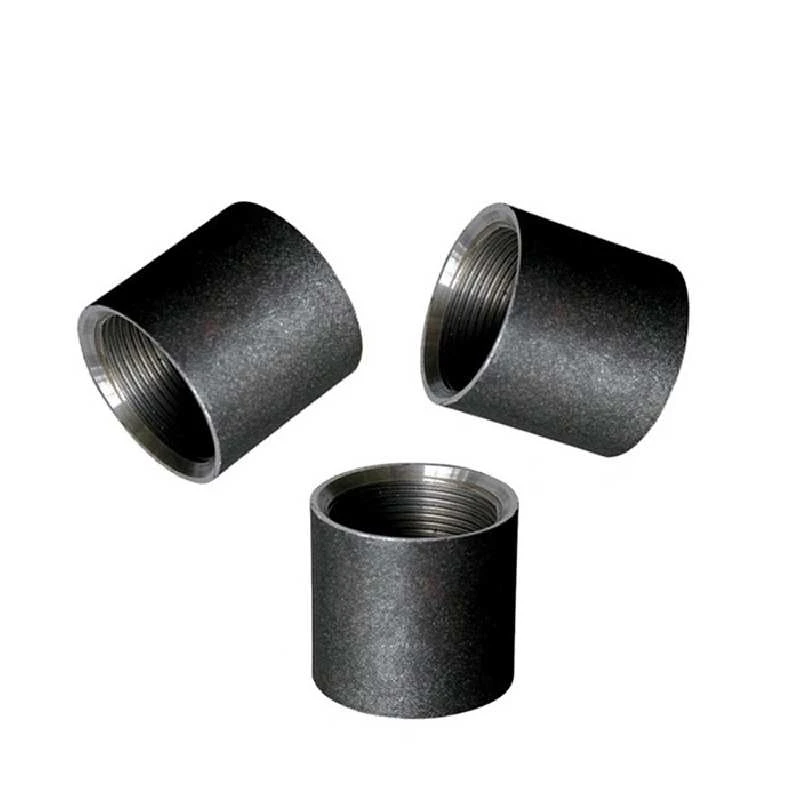-
Cangzhou Yulong Steel Co., Ltd.
-
Phone:
+86 13303177267 -
Email:
admin@ylsteelfittings.com
- English
- Arabic
- Italian
- Spanish
- Portuguese
- German
- kazakh
- Persian
- Greek
- French
- Russian
- Polish
- Thai
- Indonesian
- Vietnamese
- Zulu
- Korean
- Uzbek
- Hindi
- Serbian
- Malay
- Ukrainian
- Gujarati
- Haitian Creole
- hausa
- hawaiian
- Hebrew
- Miao
- Hungarian
- Icelandic
- igbo
- irish
- Japanese
- Javanese
- Kannada
- Khmer
- Rwandese
- Afrikaans
- Albanian
- Amharic
- Armenian
- Azerbaijani
- Basque
- Belarusian
- Bengali
- Bosnian
- Bulgarian
- Catalan
- Cebuano
- China
- China (Taiwan)
- Corsican
- Croatian
- Czech
- Danish
- Esperanto
- Estonian
- Finnish
- Frisian
- Galician
- Georgian
- Kurdish
- Kyrgyz
- Lao
- Latin
- Latvian
- Lithuanian
- Luxembourgish
- Macedonian
- Malgashi
- Malayalam
- Maltese
- Maori
- Marathi
- Mongolian
- Myanmar
- Nepali
- Norwegian
- Norwegian
- Occitan
- Pashto
- Dutch
- Punjabi
- Romanian
- Samoan
- Scottish Gaelic
- Sesotho
- Shona
- Sindhi
- Sinhala
- Slovak
- Slovenian
- Somali
- Sundanese
- Swahili
- Swedish
- Tagalog
- Tajik
- Tamil
- Tatar
- Telugu
- Turkish
- Turkmen
- Urdu
- Uighur
- Welsh
- Bantu
- Yiddish
- Yoruba

Nov . 24, 2024 07:41 Back to list
75mm 90 degree elbow
Understanding the 75mm 90 Degree Elbow A Crucial Component in Piping Systems
In various engineering and plumbing applications, the 75mm 90-degree elbow is an essential fitting used to change the direction of a piping system. Whether in residential buildings, industrial facilities, or municipal infrastructures, these elbows are crucial in ensuring efficient flow and effective pressure management. This article explores the significance, applications, materials, and installation considerations of the 75mm 90-degree elbow.
Definition and Specifications
The 75mm 90-degree elbow refers to a piping fitting characterized by its 75mm nominal diameter and an angle of 90 degrees. This design allows for a smooth, gradual turn in the piping, which is vital for maintaining the flow of liquids and gases while minimizing pressure drops. The 90-degree angle assists in redirecting the flow without sharp bends that could lead to turbulence and energy loss.
Applications of 75mm 90 Degree Elbow
One of the primary applications of the 75mm 90-degree elbow is in plumbing systems within both residential and commercial buildings. These elbows connect sections of pipes to navigate around walls, corners, or other obstacles, ensuring that wastewater or potable water can be efficiently managed without compromising flow rates.
In industrial settings, the 75mm elbow is often utilized in chemical processing plants, oil and gas pipelines, and water treatment facilities. The ability to convert the direction of flow within a pipeline system is imperative for maintaining operational efficiency, especially in complex systems with multiple branches and junctions.
Materials Used
The materials used to manufacture 75mm 90-degree elbows vary depending on the intended application and the type of fluids being transported. Common materials include
- PVC (Polyvinyl Chloride) Lightweight and resistant to corrosion, making it suitable for water and wastewater applications. - Copper Often used in plumbing applications due to its durability and antimicrobial properties. - Stainless Steel Renowned for its strength and resistance to extreme temperatures and corrosive substances, it is favored in industrial environments. - Carbon Steel Typically utilized in high-pressure applications, it offers strength and durability but may require protective coatings to prevent rust.
75mm 90 degree elbow

Choosing the right material is critical to ensuring the longevity and reliability of the elbow in its respective application.
Installation Considerations
When installing a 75mm 90-degree elbow, several factors must be taken into account to ensure optimal performance
1. Proper Alignment Ensuring that the elbow aligns correctly with connected pipes is vital to avoid stress and potential leaks.
2. Support and Spacing Adequate support should be provided to the piping system, paying attention to the weight and type of fluid being transported.
3. Sealant and Jointing Depending on the materials used, appropriate sealants or jointing methods should be employed to prevent leaks.
4. Flow Direction It’s essential to install the elbow in the correct direction to maintain the intended flow path within the system.
Conclusion
The 75mm 90-degree elbow is a vital component in any piping system, facilitating necessary direction changes while ensuring the efficiency of fluid transport. Understanding its applications, materials, and proper installation methods is crucial for engineers, plumbers, and construction professionals. By selecting the right fittings and adhering to best practices, it is possible to create reliable and effective piping systems capable of meeting various operational demands.
Latest news
-
ANSI 150P SS304 SO FLANGE
NewsFeb.14,2025
-
ASTM A333GR6 STEEL PIPE
NewsJan.20,2025
-
ANSI B16.5 WELDING NECK FLANGE
NewsJan.15,2026
-
ANSI B16.5 SLIP-ON FLANGE
NewsApr.19,2024
-
SABS 1123 FLANGE
NewsJan.15,2025
-
DIN86044 PLATE FLANGE
NewsApr.19,2024
-
DIN2527 BLIND FLANGE
NewsApr.12,2024
-
JIS B2311 Butt-Welding Fittings LR/SR 45°/90° /180°Seamless/Weld
NewsApr.23,2024











